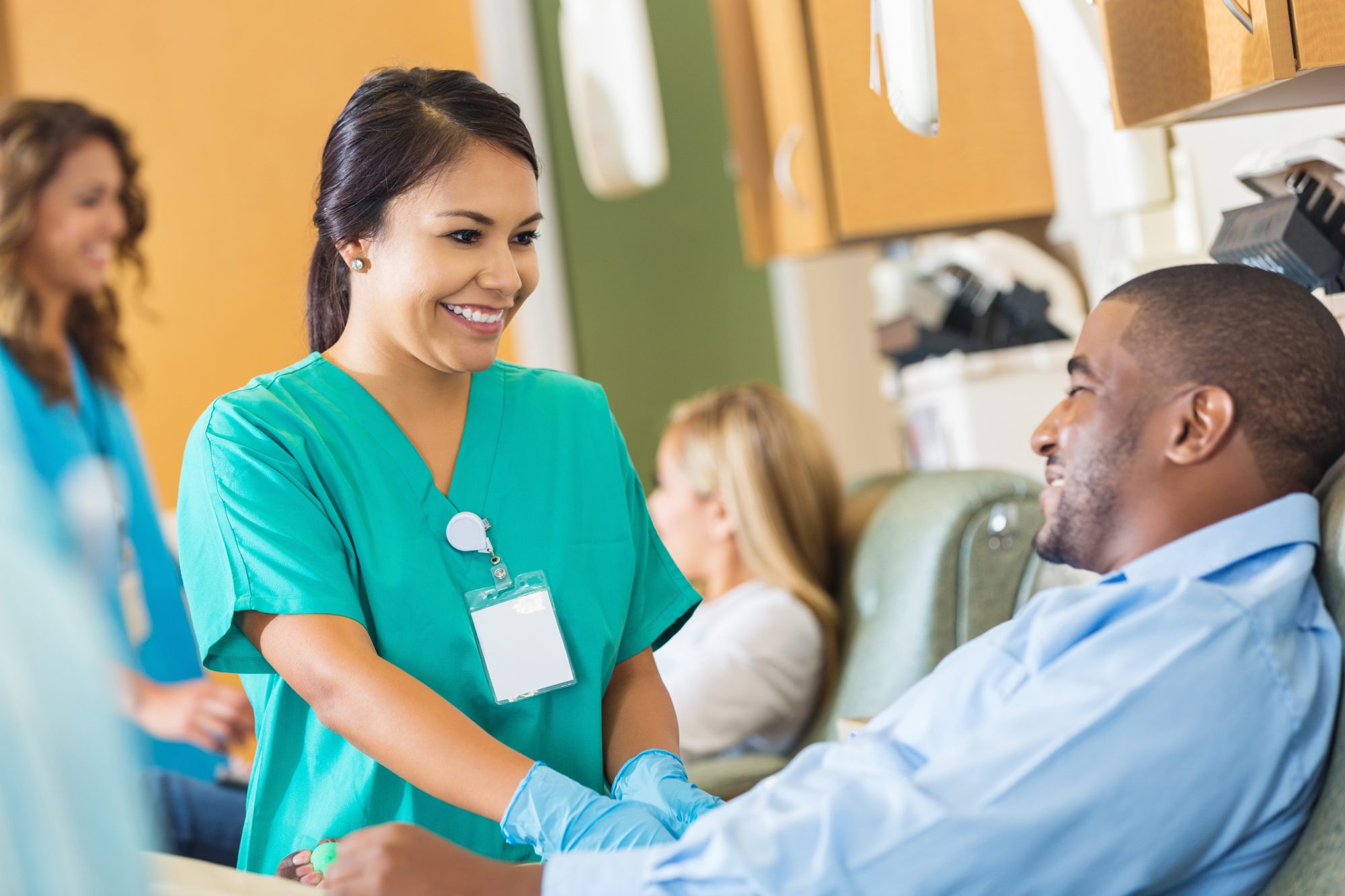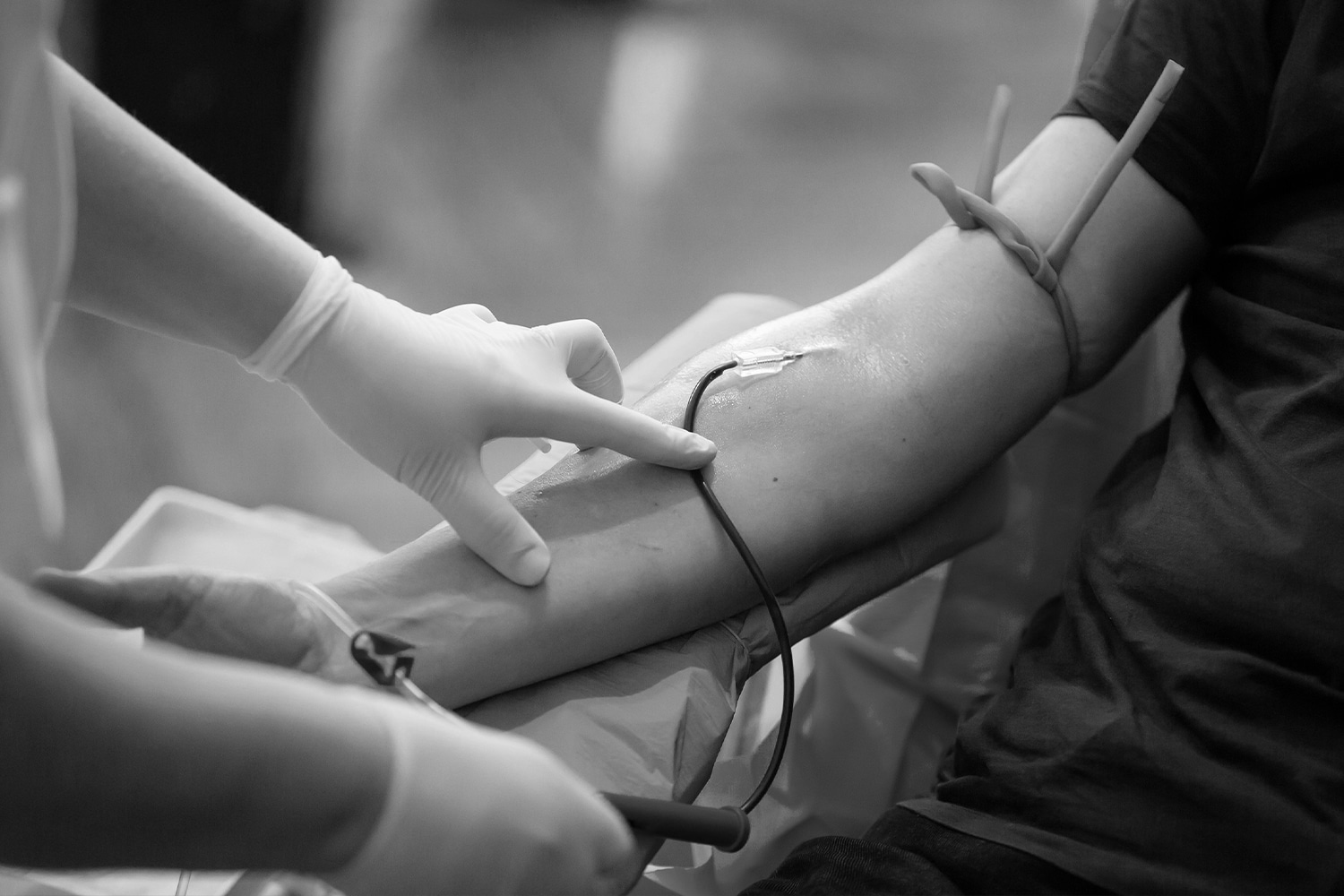An Unbiased View of Northeast Medical Institute - New Haven Campus Phlebotomy Course & Cna Class
An Unbiased View of Northeast Medical Institute - New Haven Campus Phlebotomy Course & Cna Class
Blog Article
The Only Guide for Northeast Medical Institute - New Haven Campus Phlebotomy Course & Cna Class
Table of Contents9 Easy Facts About Northeast Medical Institute - New Haven Campus Phlebotomy Course & Cna Class DescribedThe 20-Second Trick For Northeast Medical Institute - New Haven Campus Phlebotomy Course & Cna ClassThe 7-Minute Rule for Northeast Medical Institute - New Haven Campus Phlebotomy Course & Cna ClassSee This Report about Northeast Medical Institute - New Haven Campus Phlebotomy Course & Cna ClassNortheast Medical Institute - New Haven Campus Phlebotomy Course & Cna Class Fundamentals ExplainedNortheast Medical Institute - New Haven Campus Phlebotomy Course & Cna Class - The Facts
The use of such devices should be accompanied by various other infection avoidance and control methods, and training in their usage. Not all safety gadgets are appropriate to phlebotomy. Prior to choosing a safety-engineered tool, users must extensively check out offered tools to identify their ideal use, compatibility with existing phlebotomy methods, and effectiveness in securing staff and patients (12, 33).For settings with low sources, expense is a motoring element in purchase of safety-engineered gadgets. Where safety-engineered tools are not offered, competent use of a needle and syringe is appropriate.
One of the essential pens of high quality of treatment in phlebotomy is the involvement and participation of the client; this is mutually advantageous to both the health employee and the patient. Clear information either written or verbal should be offered to every individual who undergoes phlebotomy. Annex F offers example message for clarifying the blood-sampling procedure to a client. labelling); transport problems; interpretation of results for scientific monitoring. In an outpatient division or facility, give a committed phlebotomy work area containing: a clean surface with 2 chairs (one for the phlebotomist and the other for the patient); a hand laundry basin with soap, running water and paper towels; alcohol hand rub. In the blood-sampling space for an outpatient department or center, provide a comfortable reclining couch with an arm remainder.
The Ultimate Guide To Northeast Medical Institute - New Haven Campus Phlebotomy Course & Cna Class
Ensure that the signs for blood sampling are clearly specified, either in a composed protocol or in recorded guidelines (e.g. in a research laboratory type). In all times, follow the strategies for infection avoidance and control noted in Table 2.2. Infection prevention and control practices. Accumulate all the equipment required for the treatment and location it within safe and simple reach on a tray or cart, guaranteeing that all the items are plainly noticeable.
Introduce yourself to the individual, and ask the person to mention their full name. Inspect that the research laboratory type matches the individual's identity (i.e. match the patient's information with the lab form, to make certain precise identification).
Make the patient comfortable in a supine position (if feasible). The individual has a right to refuse a test at any browse around this site kind of time before the blood tasting, so it is important to ensure that the client has comprehended the procedure - Phlebotomy Training.
Top Guidelines Of Northeast Medical Institute - New Haven Campus Phlebotomy Course & Cna Class
Expand the patient's arm and examine the antecubital fossa or lower arm. Locate a capillary of an excellent dimension that is visible, straight and clear.
DO NOT place the needle where blood vessels are drawing away, because this enhances the opportunity of a haematoma. Finding the blood vessel will certainly aid in determining the right size of needle.
Haemolysis, contamination and visibility of intravenous liquid and medicine can all alter the results (39. Nursing personnel and physicians might access main venous lines for specimens adhering to protocols. Samplings from central lines lug a risk of contamination or erroneous research laboratory test outcomes. It is appropriate, yet not optimal, to injure specimens when initial presenting an in-dwelling venous gadget, prior to connecting the cannula to the intravenous liquids.
The Best Guide To Northeast Medical Institute - New Haven Campus Phlebotomy Course & Cna Class
Failure to allow adequate get in touch with time enhances the danger of contamination. DO NOT touch the cleaned up site; in particular, DO NOT put a finger over the blood vessel to assist the shaft of the subjected needle.
Ask the person to form a hand so the capillaries are a lot more popular. Go into the capillary quickly at a 30 level angle or less, and continue to introduce the needle along the vein at the simplest angle of entrance - PCT Courses. As soon as adequate blood has been accumulated, release the tourniquet BEFORE withdrawing the needle
Examine This Report about Northeast Medical Institute - New Haven Campus Phlebotomy Course & Cna Class
Take out the needle gently and apply gentle stress to the website with a clean gauze or completely dry cotton-wool ball. Ask the patient to hold the gauze or cotton woollen in location, with the arm extended and elevated. Ask the client NOT to flex the arm, because doing so triggers a haematoma.

The Buzz on Northeast Medical Institute - New Haven Campus Phlebotomy Course & Cna Class
Where possible, keep the tubes in a rack and relocate the rack towards you - https://cherry-wombat-krt9cz.mystrikingly.com/blog/cna-courses-and-phlebotomy-training-at-northeast-medical-institute-new-haven. If the sample tube does not have a rubber stopper, inject extremely slowly right into the tube as reducing the stress and velocity made use of to transfer the sampling minimizes the danger of haemolysis.

Report this page